Member postings for Neil Lickfold
Here is a list of all the postings Neil Lickfold has made in our forums. Click on a thread name to jump to the thread.
| Thread: Cutting threads |
| 06/06/2022 02:34:34 |
It looks to me that the die was run into the shoulder. Sometimes this can cause the thread to be stripped or be damaged enough that when the die is reversed , it unwinds and the damaged section comes out. The damaged section looks to be the length of a die. Should always stop before a shoulder, and then very carefully come up to the shoulder if it does require the full length to be threaded. Often designs can be modified is such a way that the thread is only required to be within 1 pitch away from a shoulder. Allows room for a nice radius transition at the shoulder and for an easier part to make. Silver steel can actually be quite tough on dies, especially if the dies is a High Carbon Steel die. HSS dies will last a lot longer cutting threads on Silver steel stock. An advantage to threading and then backing off, and then threading again, is that it forces the swarf to be broken, and not become a long spiral. It also allows for you see the progress of the thread and if anything is going not right can be detected very early on. Tool life can be greatly improved with proper cutting fluids as well. |
| Thread: Finally able to get good finish on mild steel |
| 03/06/2022 22:14:53 |
With tungsten carbide inserts, a great rule of thumb is for finishing using the radius of the tool as a basis for the feed rates and depth of cut. So in finishing, depth of cut from 1/2 the radius of the tool used, but is easier to say is the diameter of cut is the radius of the tool. So R0.2mm tool is Ø 0.2mm depth of cut up to the Radius of the tool deep. So on a R0.2 insert cuts of 0.4mm in diameter. For a fine finish, use 1/4 of the radius as a feed rate. So on a R0.2mm tool a feedrate of 0.05mm or 2 thou per rev, up to 1/3 of the radius of the tool. A 0.05mm feedrate on a R0.4mm insert will give an excellent finish if the material will still shear nicely with the power that you have. I find that the sharper the tools, often the better the surface finish, which is a reason that I use a lot of the ground carbide inserts for finishing. So like TNMG insert is not ground, but a TNGG is. The work piece needs to be sufficiently supported as well, or else the work piece will just push away and be tapered etc. So planning the job is very important.I always like to take 2 finish passes after roughing out, and if a separate finish tool is used to the roughing tool, I plan on 3 finish passes of about equal depths of cut. With a R0.2 tool I like to leave about 0.6mm on the finishing diameters and 0.1mm on finishing faces. With a R0.4 tool I like to leave 0.75mm on diameter. Mostly I finish with R0.2 inserts unless the part needs the R0.4 from the tool in a corner some where. Often I will undercut corners where possible in the roughing stage and they become finished, with the part looking funny until it is finished. Sometimes you get a better surface finish with a very thin coating of oil on the parts, other times it will stay dull until some surface treatment is done, like touching the surface with a light grey scotch brite pad. You won't be easily able to measure the difference in size, but the parts will look nice and shiny afterwards. |
| Thread: Warning buyer beware |
| 01/06/2022 20:30:53 |
Those boring heads are almost bullet proof. I would think that if carefully taken apart and then reassembled and deburred inside, it should all be working fine. If anything, the #2 MT may well be bent at the joining area. They are a little tricky to get apart . Most common is the over travel and it creates a burr on the inside part. 1985 was when I took one apart to repair. It was loose and tight on the feed ring. |
| Thread: Early Super 7 |
| 01/06/2022 20:15:44 |
I would think that if any wear of the bed or the ways, it would require the opposite, and removal of material off the face shown to tighten the rack and pinion fit. Mine is a Mk2 of 1972, not 1974 as I thought, but has the saddle across the bed , not the narrow type. The pinion shaft cover on the other side has a brass or bronze bush in the cover by the pinion gear itself. There is no adjustment for this height. The pinion on my lathe does have some wear, and at some stage the rack and pinion for the lathe should be replaced. There maybe some adjustment of the rack itself but I have not removed it to see. The backlash in the handwheel does not bother me, but it does not have very much anyway. There will always be some backlash and there is a reduction gear between the hand wheel and the pinion as well. It is possible that the early covers did not have a bush or sleeve in them. The casting has a hole to limit the max total amount of oil in the reduction box . Keeping the rack clean is a task often over looked as it is upside down and does seem natural to think it can't get dirty. My apron has no shims between it and the saddle. When putting it back together, I used the 1/2 nut to align it all with and then put in the screws, looking at the leadscrew to ensure that it was not being influenced with the 1/2 nuts fully engaged. I then sight through the end of the bed along the rack, to see if the pinion is near fully engaged. Which it is. Recently added a front DRO and I indicated the apron after how I described above and it was within 0.03mm over the 80mm length indicated. Close enough for the reader head and close enough that it did not need adjusting.
Edited By Neil Lickfold on 01/06/2022 20:20:11 |
| Thread: Front-Mount-DRO-Myford-S7 |
| 30/05/2022 21:55:02 |
Here is some pics from the Album Sino DRO Installation. First are the embedded Magnetic set up, and then will be the installation of the front linear scale. Magnetic Reader head trial fitted to the rear share or carriage plate. Embedded magnetic tape with its stainless steel protective cover . Template being checked after the removal of the scale. Finished pics. |
| 30/05/2022 21:31:17 |
So I have finally went and did a magnetic 1um read head and embedded magnetic tape. Also installed a miniature series 1um K200 Sino linear scale in the front of the lathe. This will allow me to still use the taper turning attachment although I have not yet mounted it to be sure. First was the install of the cross slide scale , and took a bit of work to achieve, with adding an aluminium extension block similar to what is done with other embedded tape systems. On mine, the block is flush with the top side of the slide, but is made 0.8mm higher on the under side. I did this as a guide for installing the rear reader head. The block that holds the reader head, is mounted on the rear carriage plate, or shear. The milled slot is 10.6mm wide for easy install of the tape and the ends were filled with glue with a filler. The filler was to let the reader wipers to not get damaged from any sharp lip or edges. The most difficult was the install of the front miniature K200 series scale. The scale itself is only 16mm wide and 16mm high. The reader head is around 14mm wide and the total height is 32mm from the bottom of the read head to the top of the scale. To my surprise, it is acceptable to have the whole unit mounted on its side , even with coolant splash from the top. But clearly can't take sideways coolant from anything with pressure. So mine is mounted vertically with the read head down. I made a template from 25mmx3mm mild steel to see how it would all fit etc. I soon realised that the biggest consideration was the halfnut height when Not engaged, and then the ability to remove the saddle front gear box assembly. The halfnut needs to be fully in front of the linear scale body. I also needed to access the fixing screws of the reader head and at the same time needed to be able to remove the protective covers on the read head once it was secured to the carriage. With all these things being considered I set about the mounting and drilling and tapping into the casting. Each side end will be needing shims to level each of the mounting end plates anyway. I used screw jacks on each end to get it running level with the run of the saddle, and drilled the left hand end reference drill and tapped it M4 and secured it for the mean time. Then removed the scale and drilled and tapped the right hand end holes from the template and then did the left hand end holes from the template. I then cut up the template and counter sunk the holes for M4 screws and milled the surfaces parallel and flat on both sides. Placed the pad pieces onto the bed and went ahead to level them up in line with the run of the bed and then vertically using a square and a block. After much shimming and messing around got them to an acceptable runout of better than 0.03mm with the run of the bed and looking like not much light from a square and a 75mm long block placed on the pads. One thing that I did not consider until mounting the scale back onto the pads were there position for how far apart they were spaced. I got lucky and it fitted for the hole spacing, but after the various shims the pads were the correct height for the scale being parallel as well. I had envisioned that were going to be made to get this adjustment right as the areas of the casting had around 0.3mm difference is in being parallel with the bed. The next stage was the reader head mounting bracket. Originally it was going to be connected to the bolt of the thread dial indicator that I rarely use. But then decided to mount it from the underside of the front casting. That was set up in the mill and the area was cut parallel with the top of the casting and 2 M5 screw to secure the angle iron that was going to be the reader mount plate. I milled a parallel reference on the angle iron and that was a good thing, as I was originally going to make the front edge flush with the castings milled edge. I then remembered that doing so would make the removal of the plastic protective covers almost impossible. The piece of angle iron was milled square etc and mounted onto the bottom of the casting and aligned to be parallel. The holes were drilled and tapped to suite the height of the reader head holes and spot faced on the back side of the material. It was painted and then reassembled in place again. The apron was assembled onto the carriage after it was all cleaned with a new wiper installed. The holes matched really well and then needed to measure the distance between the reader head and the plate. I used a small cheap gauge block set to do this. 2.0mm was the correct size, so made 2 spacers 13mm diameter 2mm thick. Assembled and removed the plastic pieces and all went well. Still some little cover extensions and pieces I am going to make. They will be held inplace with just some double sided tape so they can be easily removed for cleaning.
|
| Thread: Scaping bearings |
| 30/05/2022 13:22:48 |
Ivy, My friend was having his model engine big end bearings not lasting as long as he liked. I suggested that he honed them with a courser stone set, once he did that, the life has improved significantly. What it is all aimed at doing is finding a way to keep the parts separated by a film of oil. The better the oil retention, the longer the life of the parts. So sometimes very shiny is not always good. Pins and shafts last much longer with as fine a finish as can be achieved with that material and bushes last long with a course hone or a scrapped surface. In saying that, after the course hone, a very light hone to take away any of the low spots that will get knocked off by the first run are taken away. I call it the deburring of the honing. Even ground surfaces should be micro deburred if you want it to last. But people do like the look of the shiny ground finish. Neil |
| Thread: 3D printing |
| 30/05/2022 06:23:03 |
I am getting two parts cast for me, for making a milling machine flexure quill clamp and another of the same casting for the depth stop and DRO mount. The cost for these two patterns cast in Auckland in SG iron is close to $300 for them, that includes the GST and new courier fees. It is largely based on the weight of the casting and the man hours that goes into making the casting box up. I don't know anyone doing their own castings so was left with what it is. If I made the pattern so that one was required for each and cored the under sides etc and got the weight down, then the casting cost would have been cheaper. But they also have minimum order casting values as well, so in my case of only getting two or one of each, the price is around the same. I got my pattern 3d printed and cleaned it up a bit better on the sides so that it looked like a pattern should be with nice clean sides. Making things is a lot of fun, but computer 3d modelling of stuff is not for everyone, and I very well understand that as well. I know many that can make things on lathes, mills, edm etc, but just can't get their head around cad systems and cnc programing. The way things are, if the patterns in the link is what you need, my suggestion is to get the set and a lathe etc and start enjoying the process of making your project. If computers are your thing and you have the ability to learn new skills like cad software etc, then you can get a printer and print away and lots of things as well as patterns for projects or nick nacks for around the home, it's a hobby all on it's own these days. Most of all, ejoy what you are doing what ever it is you choose to do. I find that you can spend too much time trying to save money , and then end up not enjoying the process of the hobby. |
| Thread: Scaping bearings |
| 28/05/2022 23:45:42 |
My Myford headstock is fitted very close to its bronze tapered bearing. The scraping like been said allows for the capillary action via the wick to lubricate the bearing. Its clearance is just enough for a very thin film of oil, that it actually runs on. Model enigins by comparison have very large cleanaces for the pin diameter, from 0.04mm to 0.08mm on diameter clearance on 5 to 6 mm pins.
|
| Thread: Fix my (new) Lathe |
| 21/05/2022 23:29:16 |
The 0.1 to 0.15 mm gap is not the issue. There will be more problems than that underside block. You will be better off to take it apart and see how the saddle fits to the Vee way. Then correct that if needed. The rear bearing block is the one most likely to be experiencing any lifting, especially of rear tool posts are added. While taking the saddle off the machine, look at and clean out any of the oil lube drillings etc of swarf etc. Check and deburr things that need it. Some edges should be left sharp to act as a scraper , where a chamfer or radius will allow junk to work it's way in between the surfaces. Cleaning out the factory swarf or grindings is the biggest advantage of stripping down the hobby end of machine tools. Neil |
| Thread: Re-boring Grind Wheels |
| 14/05/2022 10:03:52 |
Make sure that the wheel will still Ring, before you mount that wheel onto your grinder. If it does not ring, it will be cracked somewhere. Neil |
| Thread: Milling Table Flatness - What is acceptable |
| 12/05/2022 04:08:17 |
There are many inherent issues happening. It is the reason that planers have a bed that fully supports the entire length of the moving bed section. You are fighting so many things at once. The best option in my view is to have some sort of support frame on either side that helps to support the main base by directly supporting the bed. One way is to have the machine mounted to a piece of thick kitchen counter top and then use a large ball support underneath. This is why I like the Deckel machine that had the solid bed on the ground, and the head was all moving off the back of the machine. I guess its still possible to have the Bed fully supported and then have the entire of the machine floating underneath it with a roller support for the column weight is another way around the issue. Or you can ignore the bed, and place a plate on top, Mill that area to what you can and call it quits. Make sure that the ways actually do match correctly and do bed down correctly and that the gib is actually in full contact etc on what you have. A really great new to me product for slideways is the grease used on DMG machine tools for their linear slides etc. It is their 000 grease. Quite amazing the difference it had made to just the slides on my mills and lathes. Neil |
| Thread: ER16 Collets from Ebay |
| 09/05/2022 20:45:43 |
Posted by David Taylor 4 on 08/05/2022 18:58:45:
re ER 16 collets: - I bought a collet chuck and 8 collets for about CND $40. 00 from Ebay. The chuck is good and most of the collets. BUT the 0.125" size has a ,006" total run out. Checking it seems to indicate the bore is not concentric with the O/D. I am not complaining because a pucka replacement 0.125" collet, (.0003" run out,) cost CND $25.00 plus $40.00 freight. The Chuck alone is good value despite the poor collet. Has anybody tried correcting the errors and if so how?
I have , by making a mandrel that is the upper size of the collet range. With a centre support and then super glue the collet in place. Re grind the outside 8 deg per side and then regrind the 30 deg per side for the front taper. Really a lot more time than it is worth. For a little extra time, a new one could be made. When they are less than 3mm diameter for ER16, it just becomes too flexible to easily get it right. On a 6mm or a 1/4 inch one the mandrel really is very substantial by comparison. I was not going to waste a piece of turnable tungsten to save a collet. Quite often the bore the and the main 8 deg taper are ok, and it's the front 30 deg taper that is out of whack. On a larger ER40 collet, I super glued the collet into the holder, and then very lightly put the front nut on. I just turned it out with light cuts and a sharp positive rake boring bar. Made a specific sized collet for a job. Edited By Neil Lickfold on 09/05/2022 20:49:03 |
| Thread: METAL DUST & VFDs |
| 04/05/2022 20:36:58 |
When someone is using the linisher at work, I can smell quite often what is being linished . A lot of electronics things are coated these days, to protect them from damage. The best solution is to keep the dust creating processes away from things that matter. It is why industrial power points have little spring covers. Prevention is always better than a cure. Just a simple filter will greatly reduce the amount of dust getting into the cabinet of the vfd as shown already. Neil |
| Thread: Workshop warming |
| 28/04/2022 14:19:58 |
Mine, I have a heat pump AC unit and keep it about 20c all year round. Put the most insulation in all the walls possible and the most insulation in the roof. The 1 window is double glazed with a heat rating of 63 what evers. Out here in NZ the std double glazing is only around 15 to 20 for the insulation value. I found that having it set on a permanent low fan speed, in the summer months I have it on cooling, and now we are approaching winter, I have switched it over to heating. Running costs year round is about $350 for the year approximately. The floor of the workshop is concrete but on this polystyrene block system. The houses next door were done with a plastic dome to insulate the concrete. I have a wood cabin for making model planes in and is where I also do my gluing up work. Last year I put a heat pump in that one as well, and have done the same, run the fan only on low and in the winter have it on heat only mode and summer is cool only mode. It is only a 10 m2 room and cost about $3 per week in electricity on average year round. It is also well insulated, and has a very nice double glazed door that came from the old house. When ever I had the heat pumps on only when I was in there, it was not all that much cheaper to run. So I just leave them running year round. At the 55%-60% humidity, 20c is not too cold. I also find that things don't rust either as it is kept well above the dew point. I went with LED lighting in the outside cabin and I like it very much. I am not sure if the LED batten lights use any less power than the fluro tube lights. Neil |
| Thread: ER16 Collets from Ebay |
| 27/04/2022 00:24:24 |
I just received these today. The short collets are from the oversized range . I got an ER20 Ø16, ER20 Ø12.7mm(1/2inch), ER20 Ø6.35mm(1/4inch), ER32 Ø24mm, ER32 Ø25mm. They have the oversized collets in all from ER11 to ER40. For me the over sized collets allow an overlap of the holders, so instead of using an ER32, I can still use the ER20, especially if I am using any of the Ø16 adaptors I made for the small ER11 collet chuck. The oversized ER32-24mm collet saves having to change out to the ER40 collet chuck. The two that I checked are very good, better than the bearing run out in my mill drill.
Cheers, Neil |
| Thread: Cheap stuff |
| 26/04/2022 10:00:14 |
A cheap lathe repaired or a cheap mill repaired is better than No lathe and No mill. Some don't have any of the good iron machines around. One thing that I have learnt is that if the oil or lube is black or very dark in colour, that's because material particles are in that oil and it's wearing out. I am testing the idea of using the linear rail grease from DMG as a slideway lube on my new to me cheap mill that is not really cheap after the upgrade rework etc. But is still cheaper and is in my shop as opposed to Not having a machine of that capacity. Being lucky to get measuring tools at the right price is a good way to make the hobby budget go a long way. I was fortunate to be given a Tesa 0-30 mm micrometer that did not go. Turned out that a cable was damaged. So I cut it shorter by 1mm and pushed the cable into it's connector properly. Cheap cutters and cheap drills that are not really up to do the job end up costing a lot more. Garage sales often have a few little gems if you are early on the scene. Really good tool holders, especially Boring bars can really make the difference , especially in the insert life and sometimes in surface finish. My roughing inserts are finishing inserts that have some wear, but are not worn out. Neil |
| Thread: Magnetic DRO-S7 |
| 25/04/2022 06:13:28 |
Thanks Bernard for taking your machine apart and taking pictures. It is appreciated. The kit as it comes supplied, is the encoder always intended to be encapsulated into the bed, or does it hang off the back a bit under the nice cover that they supply? I understand that there needs to be a slot milled into the under side of the cross slide, but did not realise that the carriage needed to be removed and cut as well. ? I have found a 16mm square cross section KA200 series glass scale that will allow for me to make the front mounted dro. So am happy about that. Also getting a Sino LCD SDS2-2-3VA and does have some axis summing as well if I want to combine the topslide with the saddle but will require some readout on the topslide of course. It is compatible with the mdro magnetic readers as well. Neil |
| Thread: DRO Z-Axis /4th axis "combiner" |
| 24/04/2022 23:08:17 |
Can these units have one scale at one rate, ie a 1um unit combined with a 5um scale , outputting a 5um position ? or a 5um scale mixed with a 10um scale outputting a 10um position.? Is this possible? Thanks Neil |
| Thread: ER16 Collets from Ebay |
| 23/04/2022 22:53:51 |
The collets I have that have claimed runout values of less than 0.008mm and 0.005mm have been very good, from ER11to ER40 collets. The best has been seen on the cnc router where cutter life was extended and a much better surface finish too. I don't pay too much attention to the torque of the nut. I do test the nut on the assembly with a known test piece of carbide to see the runout. I have found many bad nuts, and some I have repaired. Others I have thrown away. The ER brand of nuts have all been very good and I have never seen issues with them. Neil |
Want the latest issue of Model Engineer or Model Engineers' Workshop? Use our magazine locator links to find your nearest stockist!
Sign up to our newsletter and get a free digital issue.
You can unsubscribe at anytime. View our privacy policy at www.mortons.co.uk/privacy
- *Oct 2023: FORUM MIGRATION TIMELINE*
05/10/2023 07:57:11 - Making ER11 collet chuck
05/10/2023 07:56:24 - What did you do today? 2023
05/10/2023 07:25:01 - Orrery
05/10/2023 06:00:41 - Wera hand-tools
05/10/2023 05:47:07 - New member
05/10/2023 04:40:11 - Problems with external pot on at1 vfd
05/10/2023 00:06:32 - Drain plug
04/10/2023 23:36:17 - digi phase converter for 10 machines.....
04/10/2023 23:13:48 - Winter Storage Of Locomotives
04/10/2023 21:02:11 - More Latest Posts...
- View All Topics
- Reeves** - Rebuilt Royal Scot by Martin Evans
by John Broughton
£300.00 - BRITANNIA 5" GAUGE James Perrier
by Jon Seabright 1
£2,500.00 - Drill Grinder - for restoration
by Nigel Graham 2
£0.00 - WARCO WM18 MILLING MACHINE
by Alex Chudley
£1,200.00 - MYFORD SUPER 7 LATHE
by Alex Chudley
£2,000.00 - More "For Sale" Ads...
- D1-3 backplate
by Michael Horley
Price Not Specified - fixed steady for a Colchester bantam mark1 800
by George Jervis
Price Not Specified - lbsc pansy
by JACK SIDEBOTHAM
Price Not Specified - Pratt Burnerd multifit chuck key.
by Tim Riome
Price Not Specified - BANDSAW BLADE WELDER
by HUGH
Price Not Specified - More "Wanted" Ads...
Do you want to contact the Model Engineer and Model Engineers' Workshop team?
You can contact us by phone, mail or email about the magazines including becoming a contributor, submitting reader's letters or making queries about articles. You can also get in touch about this website, advertising or other general issues.
Click THIS LINK for full contact details.
For subscription issues please see THIS LINK.
Model Engineer Magazine
- Percival Marshall
- M.E. History
- LittleLEC
- M.E. Clock
ME Workshop
- An Adcock
- & Shipley
- Horizontal
- Mill
Subscribe Now
- Great savings
- Delivered to your door
Pre-order your copy!
- Delivered to your doorstep!
- Free UK delivery!

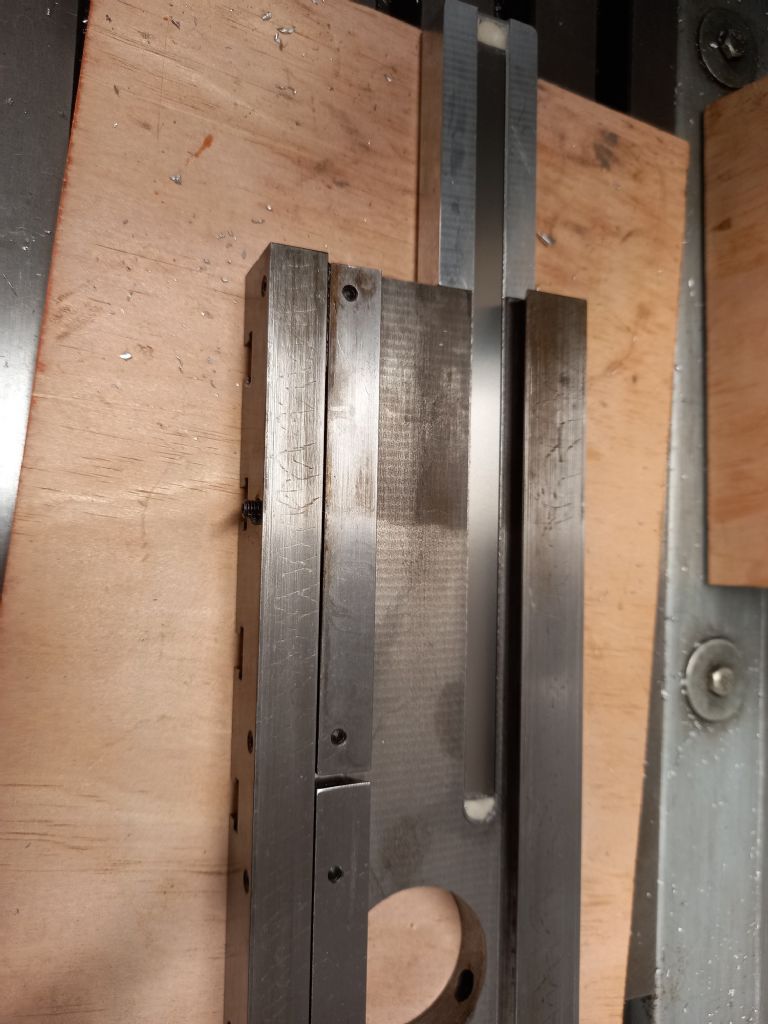
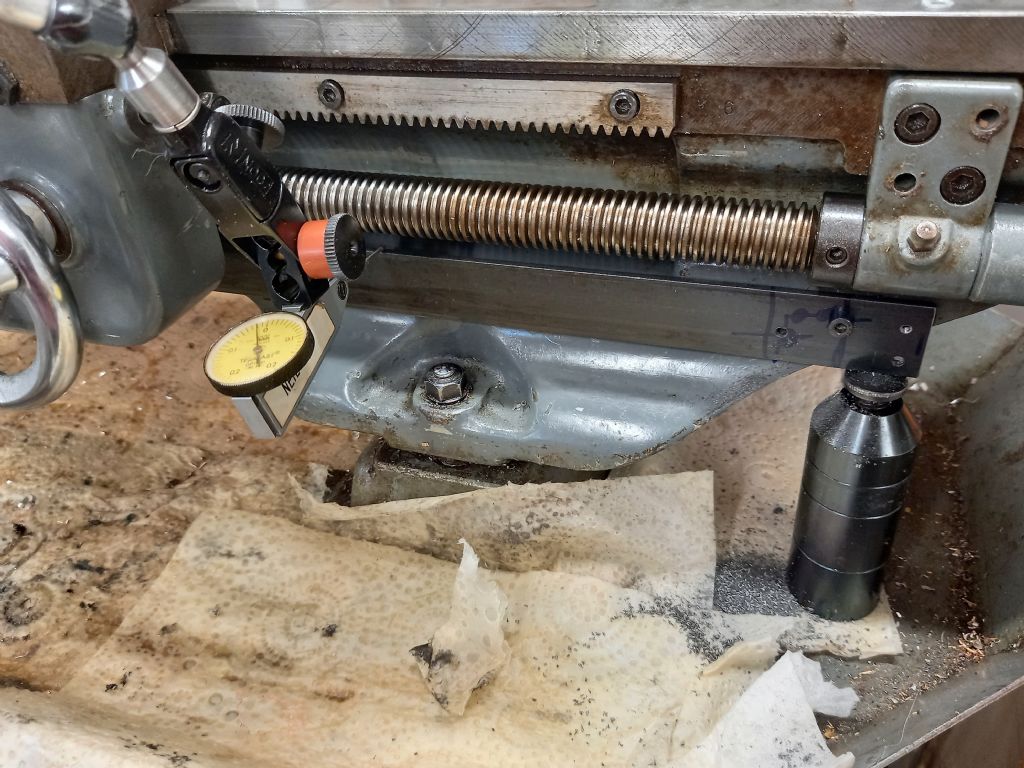

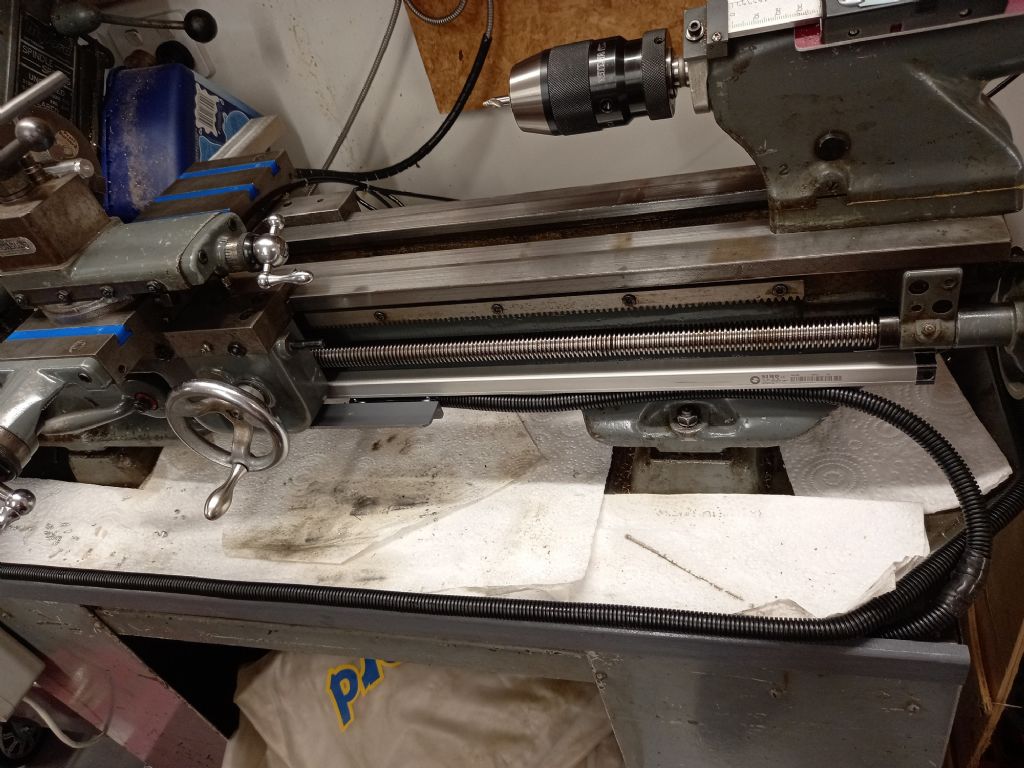
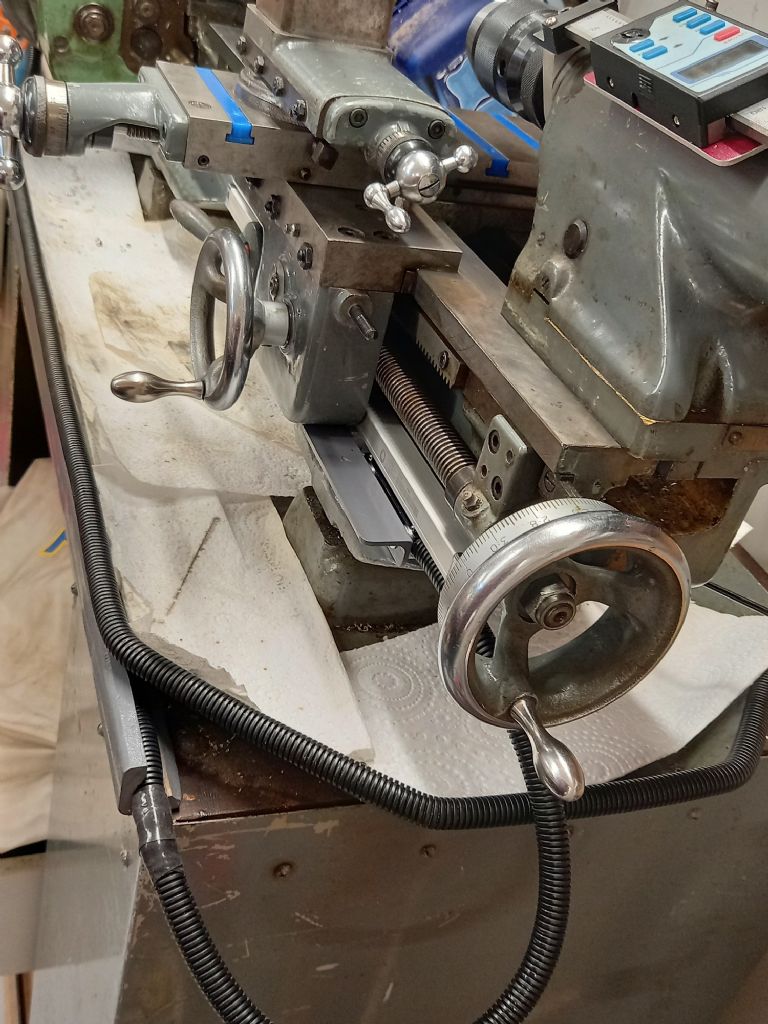
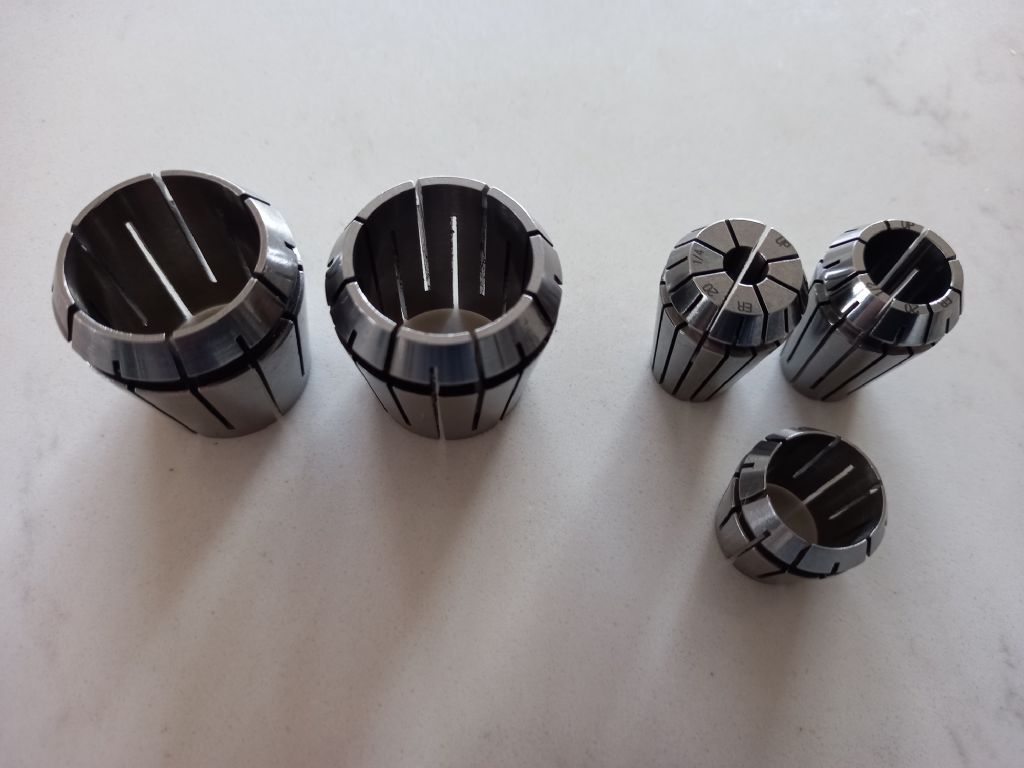










 Register
Register Log-in
Log-in


